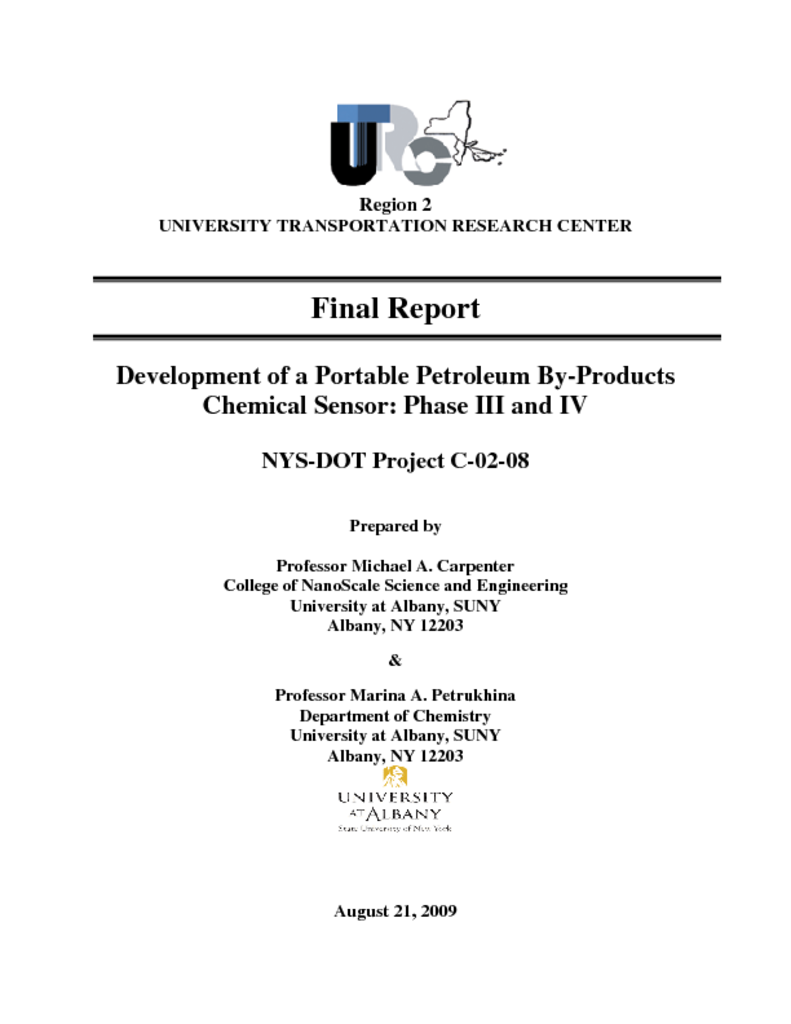Semiconductor quantum dots (QDs) are considered to have potential for chemical sensing application because of their high surface to volume ratio and unique size tunable properties like photoluminescence (PL). However, our study revealed for the first time that optical sensing process of nanoparticle based material is complicated, involving a lot of issues like how to assemble QDs without losing their original properties, nanoparticle associated light/matter interaction change and interference of analyte absorption in the film, how to achieve desired sensitivity, selectivity and stability for sensors, and etc. We carried out systematic researches on these from CdSe synthesis, surface functionalization, construction of QDs into sensible host media, sensing studies. Many improvements have been made which required overcoming various obstacles and the development of novel approaches and methods. As a result, we have achieved the lowest detection limit for hydrocarbons, ~10 ppm xylenes, within QD based sensing technologies, a monotonic detection range which spans over three orders of magnitude in analyte concentrations, which is a prerequisite for any sensor in real world applications. We also achieved selectivity for BTX that differs by only one methyl group, which can be combined into QDs sensor array with different QD sizes and temperature gradient for realization of complete selectivity.




